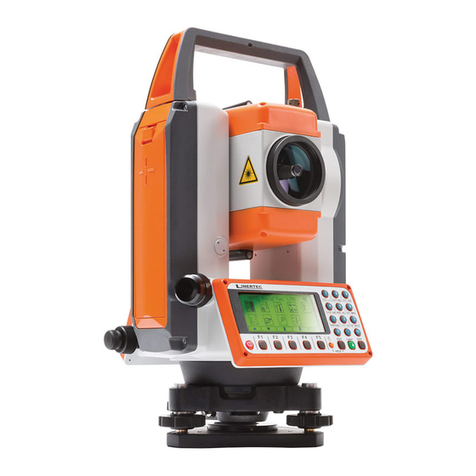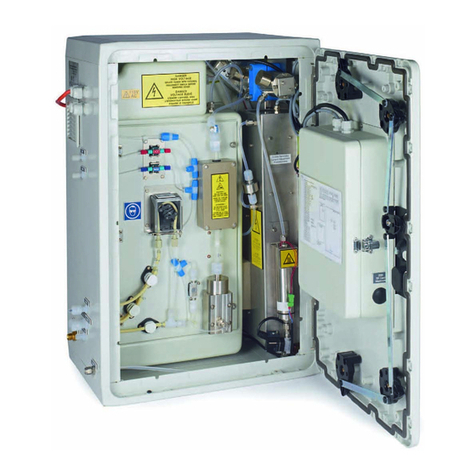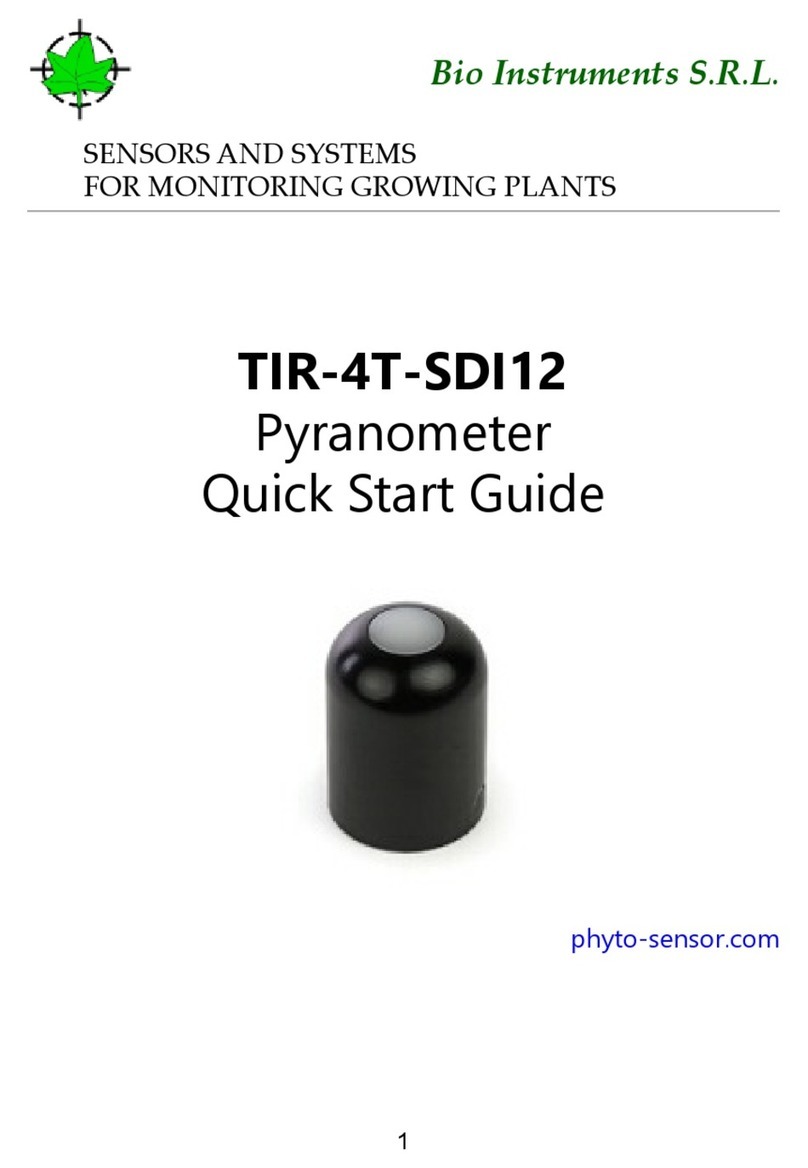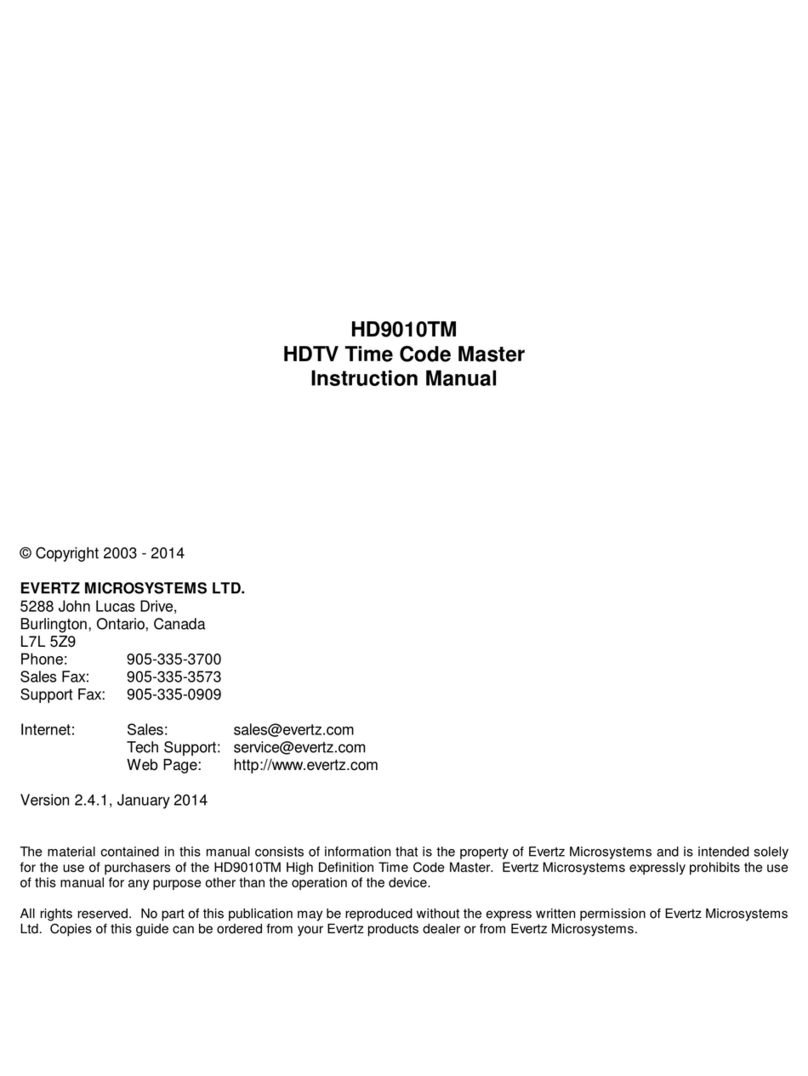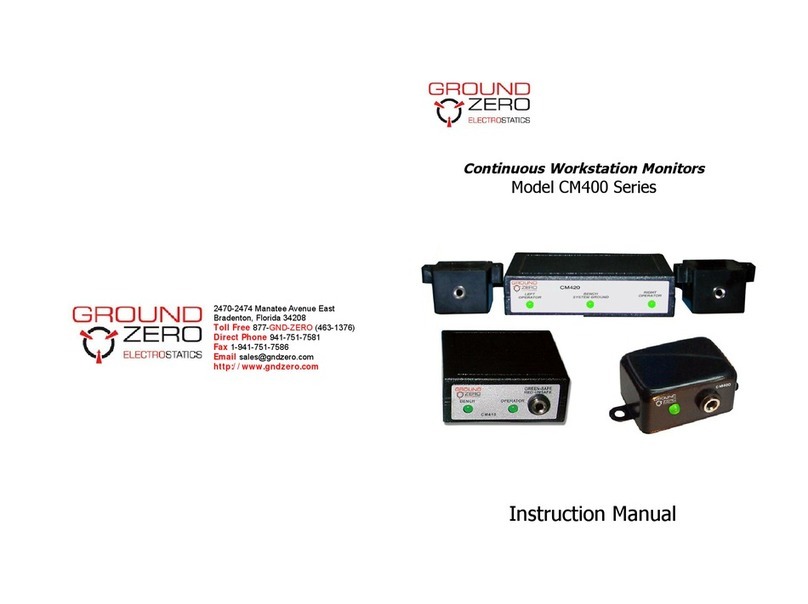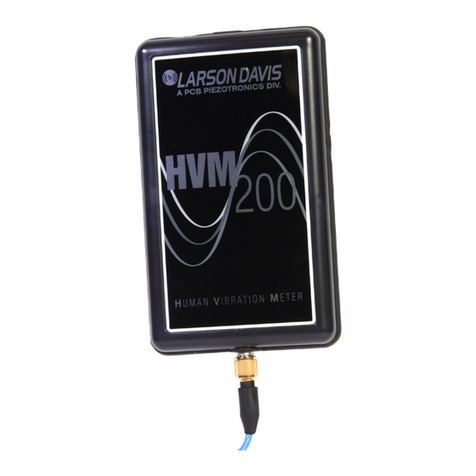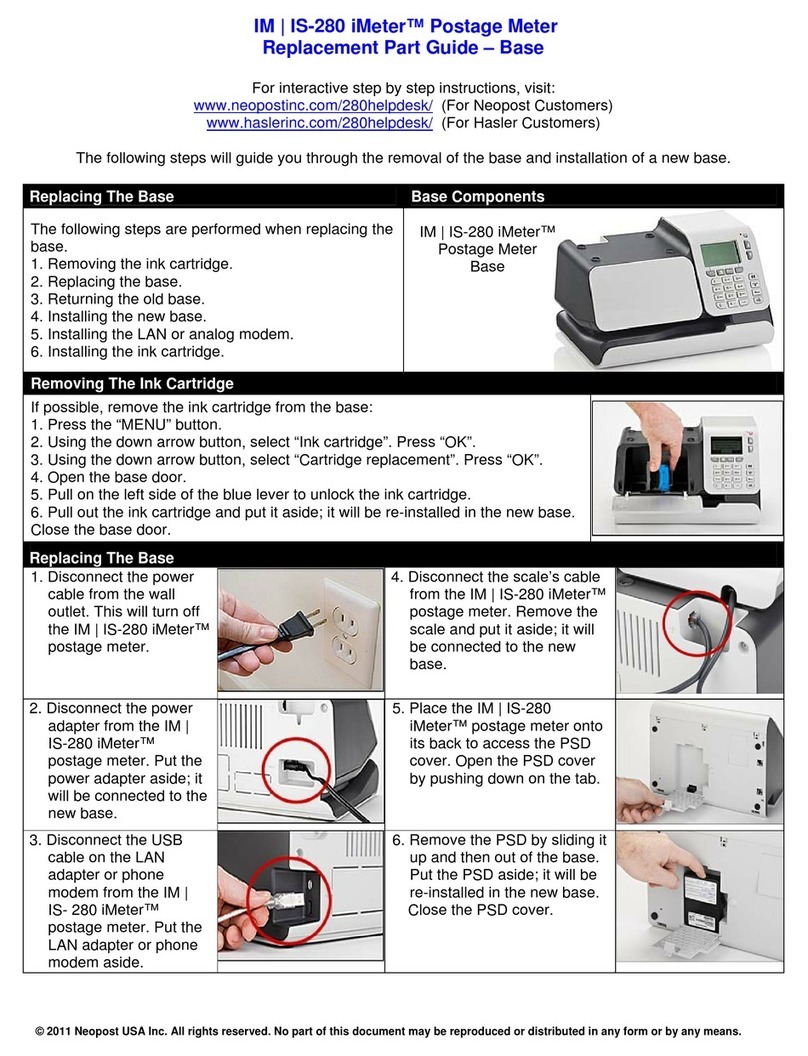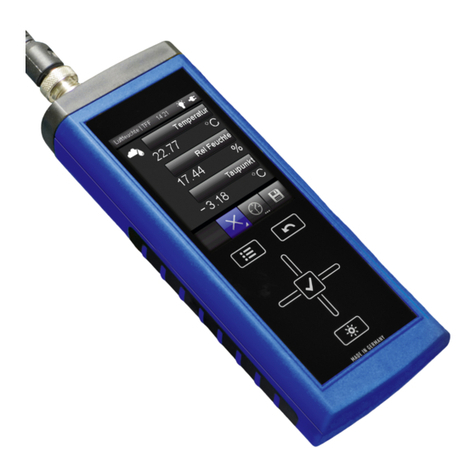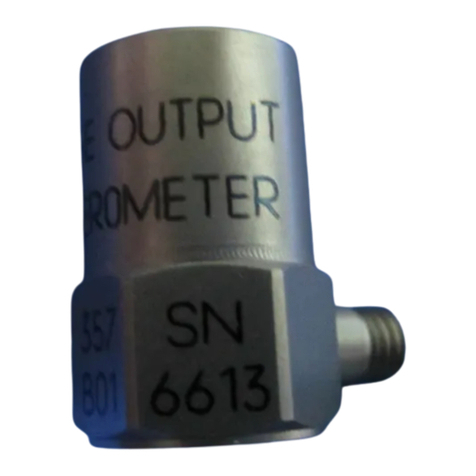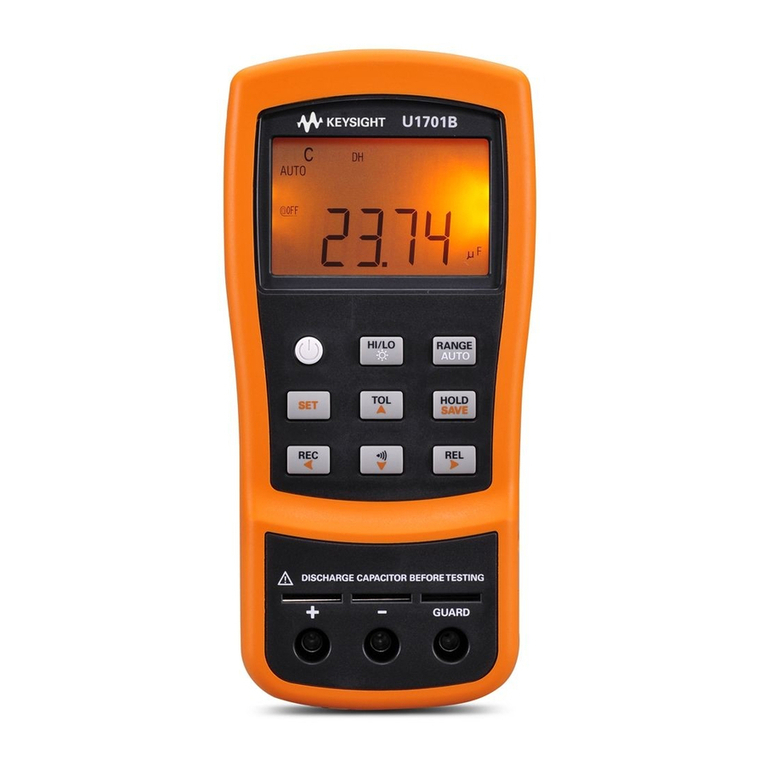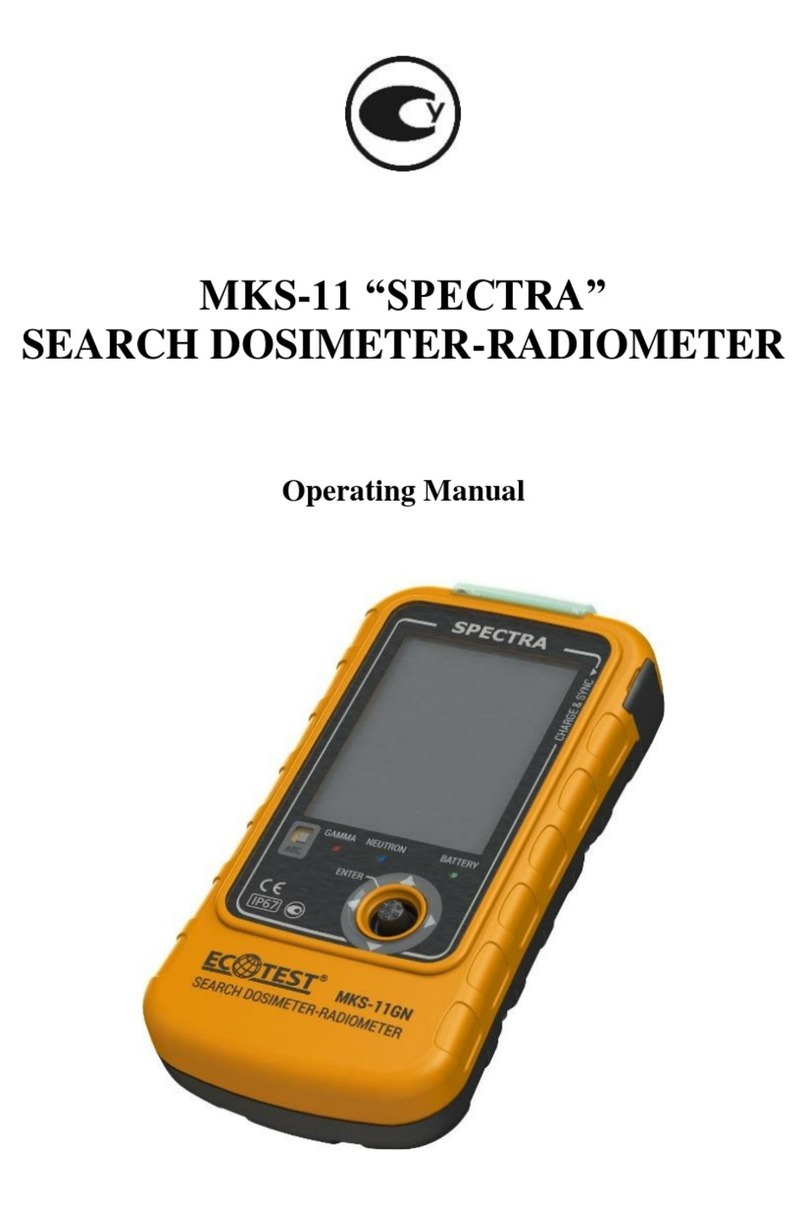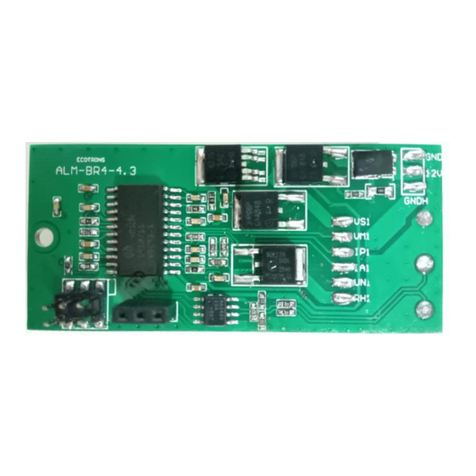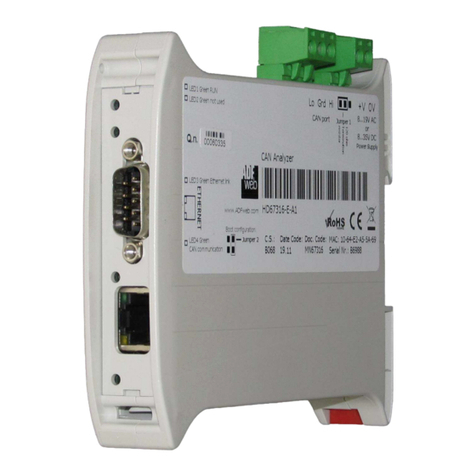Linertec LPG-300 Series User manual

Basic Instruction Manual
Total Station LGP-300 series
LGP-302N / LGP-305N
TI Asahi Co., Ltd.

2

1
CONTENT
PRECAUTIONS REGARDING SAFETY ...................................................5
1. Functions ................................................................................................1
1.1 Names of the parts......................................................................................1
1.2 Keyboard.....................................................................................................3
1.3.1 INST Setting............................................................................................................6
1.3.2 About........................................................................................................................6
1.3.3 FieldGenius .............................................................................................................7
1.3.4 Quick Setting Menu ................................................................................................8
1.4 Shortcut key................................................................................................8
1.5 Touch screen calibration .............................................................................9
1.6 Battery......................................................................................................10
1.6.1 Battery Power indicator........................................................................................10
1.6.2 Removing and attaching the Battery ................................................................11
1.6.3 How to charge the Battery....................................................................................12
1.7 USB connection......................................................................................... 14
2. Preparation before Measurement .........................................................15
2.1 Setting up the instrument.........................................................................15
2.2 Levelling-Up .............................................................................................16
2.3 Centering ..................................................................................................19
3 Instrument settings ............................................................................... 20
3.1 INST Setup ...............................................................................................20
3.1.1 Setting the measure condition .............................................................................21
3.1.2 Setting the units....................................................................................................21
3.1.3 Setting parameters of communication ports .......................................................22
3.1.4 Instrument parameters review ............................................................................22
3.2 Illumination settings.................................................................................23
4.3 About ........................................................................................................24
4. Check and Adjustment .........................................................................25

2
4.1 The Instrument Constant .........................................................................25
4.2 Plate Level and Circular Level..................................................................27
4.2.1 Plate Level .............................................................................................................27
4.2.2 Circular Level........................................................................................................28
4.3 The Optical Sight ......................................................................................28
4.4 Laser Plummet .........................................................................................29
5.1 Vertical Cross-hair on Telescope ...............................................................30
5.2 Horizontal Collimation Error C................................................................. 32
5.3 Vertical Index Error.................................................................................. 34
5.4 EDM Optical Axis and the Telescope Sighting Axis Error ........................36
6. Specifications ........................................................................................ 38
7. Standard components ........................................................................... 40
Appendix I: Atmospheric correction formula and chart (Just for reference)....41
Appendix II: Correction for refraction and earth curvature............................43
8. Labeling ................................................................................................45

3
Before using this product, be sure that you have thoroughly read and
understood this instruction manual to ensure proper operation.
After reading this manual, be sure to keep in a convenient place for easy
reference.

4
This Basic Instruction Manual contains the basic operation procedures and
precautions on LGP-300N series hardware.
LGP-300N series is an open platform product and you can enjoy variety of
application software on it.
Regarding the operations of application software, please refer to their respective
manuals.
Copyright © 2014 TI Asahi Co., Ltd.
TI Asahi Co., Ltd. makes no warranty, expressed or implied, including but not
limited to any implied warranties or merchantability or fitness for a particular
purpose, regarding these materials and makes such materials available.

5
PRECAUTIONS REGARDING SAFETY
Safety Precautions (Must be followed)
The following items are intended to prevent possible injury to the user or other
people and/or damage to the instrument before it occurs. These safety precautions
are important to the safe operation of this product and should be observed at all
times.
Distinctive Displays
The following displays are used to distinguish precautions by the degree of injury
or damage that may result if the precaution is ignored.
WARNING
Items indicated by this display are precautions which if ignored would result in
serious injury.
CAUTION
Items indicated by this display are precautions which if ignored may result in
injury or material.
●Here “injury” refers to injuries such as cuts, burns or electric shock the
treatment of which will not likely require hospitalization or long-term
attention.
●“Material damage” refers to damage to facilities, buildings, acquired data, etc.
Before using this product, be sure that you have thoroughly read and understood
this instruction manual to ensure proper operation. After reading this manual, be
sure to keep it in a convenient place for easy reference.
This instrument complies with the protection requirement for residential and
commercial areas. If this instrument is used close to Industrial areas or
transmitters, the equipment can be influenced by electromagnetic fields.

6
WARNING
Do not stare into the laser beam directly as this may result in damage
to your eyes.
LGP-300Nseries is a Class IIIa (3R) laser product.
Do not look into the laser radiation aperture directly as this may result
in damage to your eyes.
Never use the telescope to view intense light such as direct sunlight or
sunlight reflected through a prism as this may result in loss of sight.
Do not disassemble, modify or repair this product as there a risk of laser
radiation.
Do not aim the laser beam at a person as it is harmful to the eyes and
body. Receive the examination treatment by the doctor when the
eyesight or body trouble is doubted by any chance.
●Electro-Magnetic Compatibility (EMC):
This instrument complies with the protection requirement for
residential and commercial areas. If this instrument is used close to
industrial areas or transmitters, the equipment can be influenced by
electromagnetic fields.
●Do not use this product in a coal mine, in a location where there is coal
dust, or near flammable material as there is a risk of explosion.
●Do not disassemble, modify or repair this product as there is a risk of
fire, electric shock and burn injury. If you think the product requires
repair, contact the retail outlet where you purchased it or an authorized
repair site.
●Only use the BC05 battery charger intended for this product as the
battery charger. Use of another battery charger entails a risk of fire or
burn injury from the battery bursting into flames due to possible
differences in voltage or polarity.
●Do not use a damaged electric cord plug or loose electric outlet when
charging as there is a risk of fire or electric shock.
●Do not charge the battery while covered by clothes or similar item as
there is a risk of fire if the clothes ignite.

7
●Do not use the battery or charger when wet as there is a risk of fire
and burn injury due to short-circuit.
●To prevent making short-circuit when removing the battery and
charger from the case and storing them, apply electrically resistant
tape to the poles of the battery. Storing the battery and charger as-is
may result in fire or burn injury due to short-circuit.
●Do not throw the battery into fire or expose it to heat as there is a risk
of injury if it explodes

8
CAUTION
For safety, please do the opening inspection and inspection every a
fixed period and adjustment.
When the laser beam enters eyes, an unexpected accident might be
caused by the blink of eyes. Establish the laser product to avoid the
height of eyes of a driving person and walker.
Establish an instrument so that laser beam does not hit a reflection
thing as a mirror and a glass window. The refection beam of the laser
is also harmful to the human body.
Besides the time when you measure the distance, cut off the power
supply or shade the beam of aperture with caps.
Keep the laser product in the place where the person who does not
have the product knowledge such as children does not touch by
mistake.
Destroy the power supply mechanism of the instrument so as not to
emit the laser beam at the time of disposal.
● Do not remove the handgrip without good reason. If it does come off, be sure to
attach it securely to the instrument with screws. If it is not fastened securely, the
instrument may fall when you grasp the handgrip, leading to possible injury.
● Do not short the poles of the battery or charger as there is a risk of injury or
fire.
● Do not touch any fluid which may leak from the battery as there is a risk of
chemical burn injury or reaction.
● Do not insert or remove the electric plug with wet hands as there is a risk of
electric shock.
● Do not use the case to stand on as it is slippery and unstable and may cause you
to fall, resulting in possible injury.
● Be sure the tripod itself and the instrument on the tripod are both installed
securely as insecure installation may cause the tripod to fall over or the
instrument to drop, resulting in possible injury.

9
● Do not carry the tripod with the metal shoe pointing toward another person as
the person may be injured if they strike him or her
● The instrument contains a rechargeable battery and it is rechargeable.
● At the end of its useful life, it may be illegal to dispose of the battery.
● Check with your local solid waste officials for details for recycling.

10
[Usage precautions]
Surveying instruments are high-precision instruments. In order to assure that
the Electronic Total Station LGP-300N series product which you have purchased
will provide long-lasting maximum performance, the precautions in this manual
must be followed. Be sure to follow these instructions and use this product
properly at all times.
[Solar observation]
WARNING
Never view the sun directly using the telescope as this may result in loss
of sight. Never point the objective lens directly at the sun as this may damage
internal components. When using the instrument for solar observation, be sure to
attach the special solar filter designed for this product to the objective lens.
[Laser beam]
Do not stare into laser beam. LGP-300N series is a Class IIIa (3R) laser product.
[EDM axis]
The LGP-300N series EDM is the red visible laser beam and the beam diameter is
very small. The beam is emitted from the objective center and the base plate
center hole. The EDM axis is designed to coincide with the telescope sight axis
but both axes may not sometimes coincide slightly according to the intense
temperature change and time lapse.
[Target constant]
Confirm the Target Constant of the instrument before measurement.
If a different constant is to be used, use the correct constant of the target. The
constant is stored in the instrument's memory when turned off.

11
[Reflectorless and reflector sheet]
● Reflectorless:
The measurement range and accuracy of Reflectorless are based on the
condition that laser beam is emitted perpendicular to the white side of the
Kodak Gray Card.
The measurement range may be influenced by the shape of the target and its
environment. There is a possibility that the range may vary when the target
does not satisfy the conditions above at survey work.
● Pay attention to following in case of distance measurement by Reflectorless.
In a situation resulting in low accuracy, perform the distance measurement by
Reflector sheet or Prism.
● There is a possibility that correct distance measurement may be impossible by
dispersion or reduction of laser beam when the laser beam comes into the
target from diagonal angle.
● There is a possibility that the instrument cannot calculate correctly when
receiving reflected
laser beam from forth and back directions in case of measuring the target on
the road.
● There is a possibility that synthesized values are calculated and the distance
may become longer or shorter than the actual one when the operator measure
the target of slope or sphere or rugged shape.
● There is a possibility that the instrument cannot calculate correctly by
collecting the reflected laser beam from a man or a car that comes and goes in
front of the target.
● When using Reflector sheet, set the Reflector sheet to have its surface be approx.
vertical to the aiming line. If it is positioned not to be approx. right angle, there
is a possibility that correct distance measurement may be impossible by
dispersion or reduction of laser beam.
In the following environments, the distance might not be able to be measured.
There is a reflection things (mirror, stainless board and white wall etc.) in the
direction of the target and under too strong sun light.

12
[Battery & charger]
● Never use any battery charger other than the BC05 battery charger as this may
result in damage to the instrument.
● If water should happen to splash on the instrument or the battery, wipe it off
immediately and allow it to dry in a dry location. Do not put the instrument in
the case until it is completely dry as this may result in damage to the
instrument.
● Turn off the power when removing the battery from the instrument as removing
the battery while the power is still on may result in damage to the instrument.
● The battery mark displayed on the instrument is only an estimate of remaining
battery power and is not completely accurate. Replace the battery quickly when
it is about to run down as the time a battery lasts on one charge differs
depending on conditions of ambient temperature, and the measurement mode
of the instrument.
● Confirm the battery level remaining before operating.
●When the remaining battery power becomes low, a message to alert battery
run-out starts coming up. When the message appears, replace the battery to a
fully charged one immediately. Running out of battery in middle of use may
result in loss of data.
[LD POINT, laser pointer]
When you make a correct direction using the “LD POINT”, aim the laser beam at
the wall and mark the center and then confirm the discrepancy between the
reticle center and the marked point beforehand.
[Interface]
Do not insert or remove USB Connector outdoors.
Be careful not to let dust, mud, sand, water, harmful gas or salty steam enter the
card slot or USB connector port.
Be sure to turn the instrument’s power off before inserting or removing the USB
Connector.

13
[Touch panel]
Use the Stylus pen when you touch the panel for operation of software.
Do not touch the panel with any things such as fingertips or pen point as this may
scratch and damage the screen.

14
[Storage and operating environment]
● To prevent making short-circuit when removing the battery and charger from
the case and storing them, apply electrically resistant tape to the poles of the
battery. Storing the battery and charger as is may result in fire or burn injury
due to short-circuit.
● Avoid storing the instrument in places subject to extreme high, low or radically
fluctuating temperature. (Ambient temperature range during use: –20° C to
+50° C)
● Distance measurements may take longer when atmospheric conditions are poor
such as when heat shimmer is present. When storing the instrument, always
put it in its case and avoid storage in dusty location or location subject to
vibration or extreme heat or humidity.
● Whenever there is a sharp temperature difference between the instrument’s
storage and usage locations allow the instrument to adjust to the ambient for
an hour or more before use. Be sure to protect the instrument from the sun if
the location is subject to intense direct sunlight.
● During surveys for which the survey precision or atmospheric measurement
method has been defined measure the atmospheric temperature and pressure
separately and enter those values rather than using the Automatic
Atmospheric Correction function.
● The battery should be charged approximately once per month if the instrument
is to be stored for an extended period of time. The instrument should also be
removed from its case occasionally and aired out.
● In addition to these precautions, be sure to handle the instrument properly at
all times following the descriptions given in the various sections of this manual
to assure safe and proper measurements.
[Transporting and carrying the instrument]
● Be careful to protect this instrument from shock of impact and excessive
vibration which may result in damage during transportation and shipment.
● When transporting the instrument, always put it in the case and wrap
shock-absorbing materials around it and be sure it is handled as “FRAGILE”.

15
[Checks and repairs]
● Always check the instrument before beginning work and check that the
instrument is maintaining the proper level of precision. TI Asahi bears
absolutely no responsibility for damages due to survey results obtained from
surveys conducted without an initial instrument check.
Never disassemble the instrument, battery or charger even if you do detect an
abnormality as there is a risk of fire or electric shock due to short - circuit. If
you think the product requires repair, contact the retail outlet where you
purchased it or an authorized repair site.
● Never disassemble the instrument, battery or charger even if you do detect an
abnormality as there is a rink of fine or electric shock due to short-circuit, If
you think the product requires repair, contact the retail outlet where you
purchased it or an authorized repair site.

1
1. Functions
1.1 Names of the parts
Instrument height
mark
Top handle
Optical sight
Touch screen
Keypad
Handle screw
Instrument
height mark
Objective Lens
Stylus pen
Circular level

2
Horizontal
motion
clamp
Plate level
Horizontal
clamp knob
USB port
Tribrach
clamp
Eyepiece
Vertical
tangent knob
Vertical
clamp knob
Horizontal
tangent knob
Battery clamp

3
1.2 Keyboard
LGP-300N series is equipped with two color touch screens and
alphanumeric keypad, operation by both touching screen and pressing
keyboard is possible.
Do not touch the screen with ball-pen, pencil or other sharp thing to avoid
damage on instrument.
Keys
Name
Functions
0~9/ A~!
Alphanumeric
keypad
Enter text and numerical values.
α
Shift key for
character entry
The current entry method can shift
among number, smaller letter and
capital letter.
★
Star key
Normal configurations can be set
here
Tab
Tab key
Move the cursor right or next
position
BS
BackSpace key
Move the cursor left and delete one
character
This manual suits for next models
2
Table of contents
Other Linertec Measuring Instrument manuals

